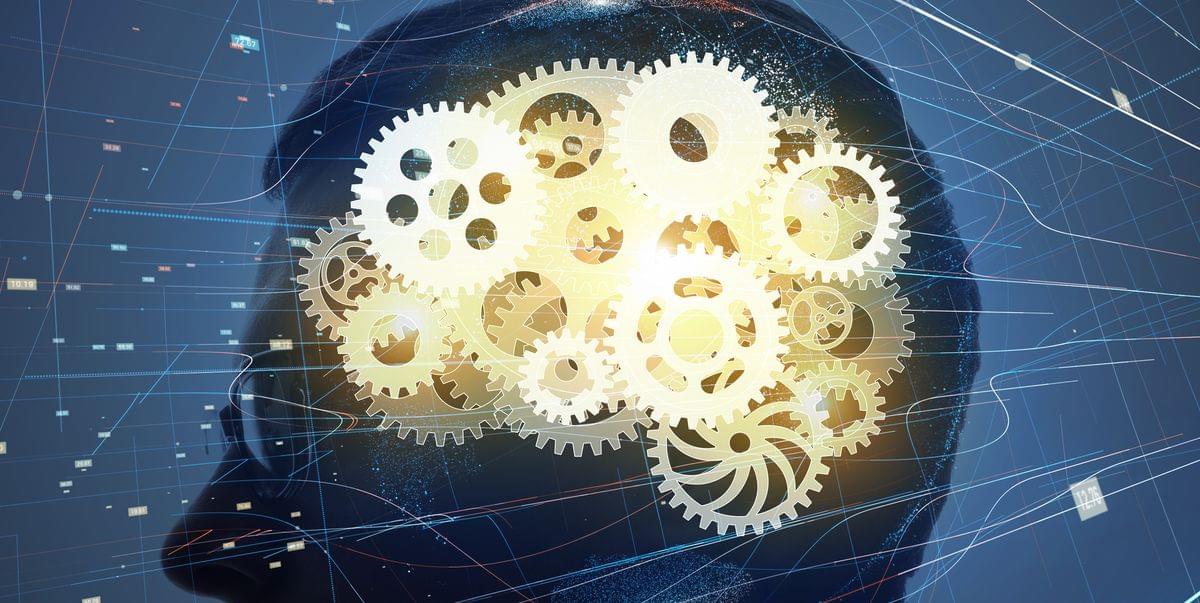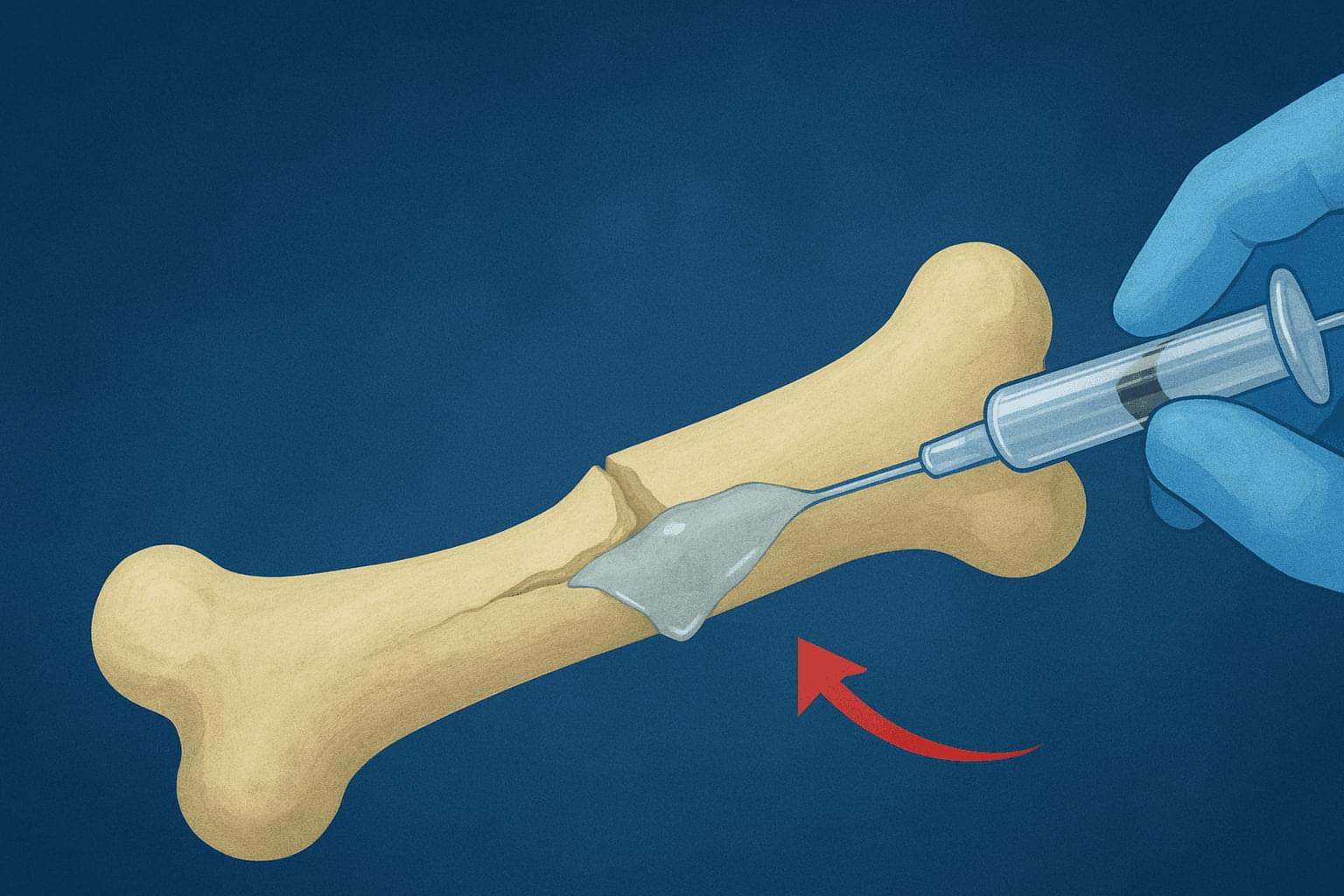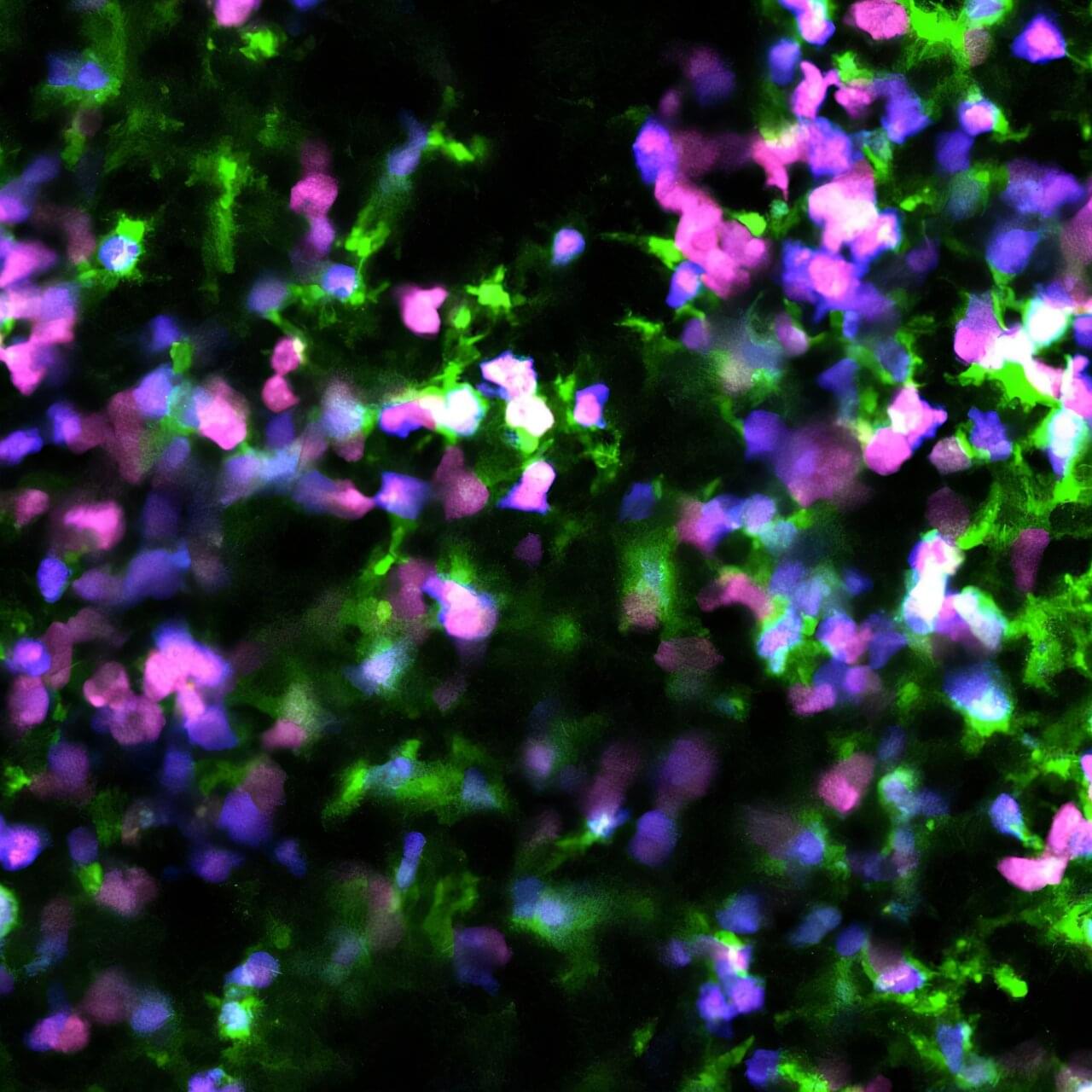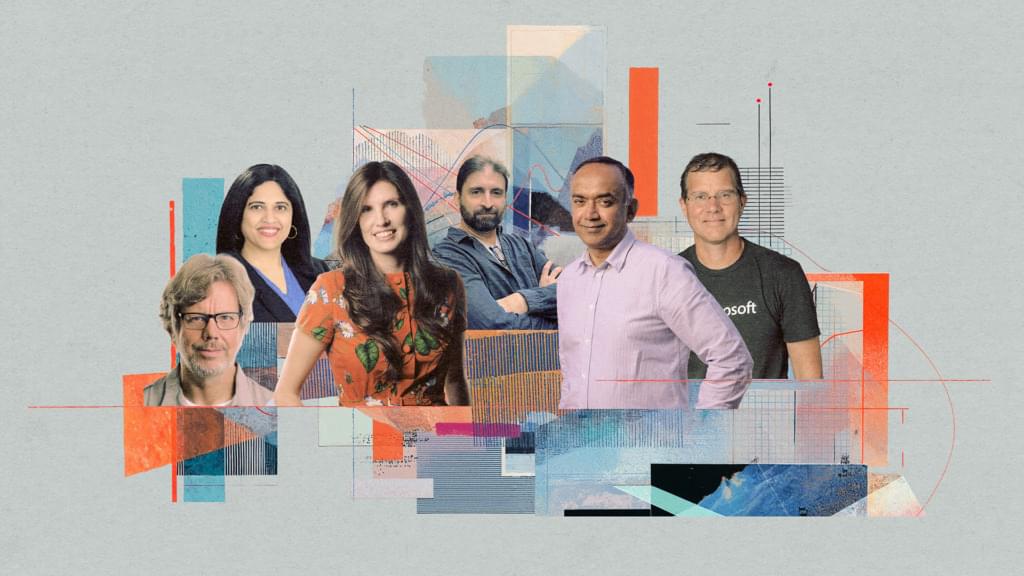Economists, bankers and even the boss of OpenAI are warning of a rapidly inflating AI bubble. If and when it bursts, what will happen to the technological breakthroughs of the past few years?




A research work conducted by scientists from Japan could help make next-generation solid-state batteries. Researchers from Japan’s Tohoku University have confirmed that the pressure-assisted sintering techniques such as hot pressing (HP) and spark plasma sintering (SPS) were found effective to develop next-generation batteries.
Researchers highlighted that solid-state lithium metal batteries (SSLMBs) are drawing worldwide attention as a next-generation technology that promises higher energy density and greater safety than today’s lithium-ion batteries.

Scientists have created a light as thin as paper that emits a gentle, natural glow similar to sunlight.
By using a precise mix of quantum dots, the team reproduced the full color range of daylight. The design could lead to more comfortable, eye-friendly lighting and next-generation display screens.
Paper-Thin Breakthrough in LED Technology.

Chinese scientists have unveiled a groundbreaking bio-adhesive, popularly known as “Bone-02,” that can bond fractured bones within just three minutes. This innovation was inspired by the adhesive properties of oysters, which can attach firmly to wet surfaces, a concept now translated into medical science.
Unlike traditional implants such as metal plates or screws, the new bone glue is completely bioabsorbable. As the bone naturally heals, the adhesive is gradually absorbed by the body, effectively eliminating the need for secondary surgery to remove any hardware.
Reports from early clinical trials indicate that the glue provides an impressive bonding strength exceeding 400 pounds (around 180 kg) and achieves stable fixation even in wet, blood-rich surgical environments. This could revolutionize the way fractures are treated in orthopedic surgery.

Prototype component of the divertor of China’s Comprehensive Research Facility for Fusion Technology (CRAFT) Photo: Xinhua.
China has achieved an important breakthrough in the development of its next-generation “artificial sun” with the prototype component of the divertor of China’s Comprehensive Research Facility for Fusion Technology (CRAFT), passing expert evaluation and acceptance procedures on Monday, Xinhua News Agency reported.
The CRAFT is a platform on which engineers develop and test key components of fusion energy reactors.
Kent, Wash.-based Stoke Space Technologies today revealed that it has raised $510 million in fresh funding to accelerate development of its fully reusable medium-lift Nova rocket.
The Series D funding round, let by Thomas Tull’s US Innovative Technology Fund, comes in conjunction with a $100 million debt facility led by Silicon Valley Bank. Stoke said the new financing has more than doubled its total capital raised, bringing the figure to $990 million.
“This funding gives us the runway to complete development and demonstrate Nova through its first flights,” Stoke co-founder and CEO Andy Lapsa said in a news release. If all goes according to plan, the first Nova rocket is expected to lift off next year from Launch Complex 14 at Cape Canaveral Space Force Station in Florida.

The aim of immunotherapy strategies is to leverage cells in the patient’s own immune system to destroy tumor cells. Using a preclinical model, scientists from the Institut Pasteur and Inserm successfully stimulated an effective anti-tumor immune response by reprogramming the death of malignant B cells. They demonstrated an effective triple-therapy approach for treating forms of blood cancer such as certain lymphomas and leukemias which affect B cells. The study was published on August 15 in the journal Science Advances.
Immunotherapy strategies represent a major breakthrough in cancer treatment. They aim to harness the patient’s immune system so that their own cells can recognize and specifically eliminate tumor cells. Immune cells can act like sentinels, scanning the body and identifying all residual tumor cells to reduce the risk of relapse. Various novel immunotherapy strategies are emerging, one of which makes use of a cell death mechanism known as necroptosis. Unlike apoptosis, which results in silent cell death, necroptosis releases warning signals that attract and stimulate immune cells so that they can kill any remaining tumor cells.
Scientists from the Dynamics of Immune Responses Unit (a joint Inserm/Institut Pasteur unit) set out to explore the effectiveness of this necroptosis-based immunotherapy strategy on hematological malignancies. They began by observing that necroptosis cannot be easily induced in malignant B cells because of the absence of the MLKL protein.

